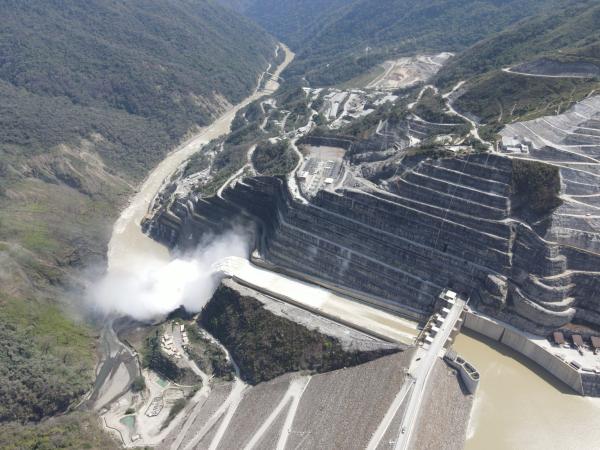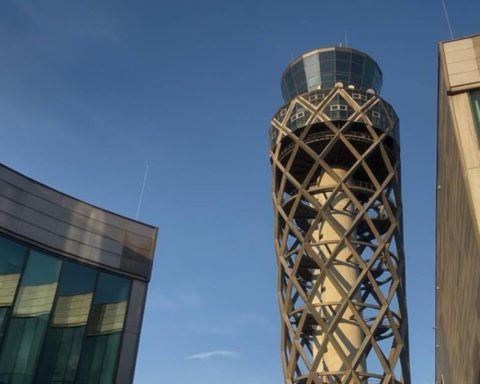Colombian President Gustavo Petro assured this Wednesday that “before starting any turbine” of hydroituango, what will it be the largest hydroelectric plant in Colombia, “population at risk must be evacuated“.
(See: Governor of Antioquia requests term for operation of Hidroituango).
“Before turning on any turbine in Hidroituango, the population at risk must be evacuated as a precautionary measure, which is a universal principle. In the government of change for life, life comes firstPetro wrote on his Twitter account in reference to the project, which has been surrounded by controversy.
In reference to what was expressed by President Petro, the mayor of Medellin, Daniel Quintero, said “So it will be done“, while hoping to succeed in the Unified Command Post from which they will coordinate “these measures and, in particular, on the additional time requested to carry out the tests without being sanctioned“.
When it is with its eight turbines running, Hidroituango will have an installed generation capacity of 2,400 megawatts, equivalent to 17% of the country’s energy demand.
In 2009, the Cauca River, the second largest in Colombia, was diverted to build the 225-meter-high wall.
The builders of the work trust that On November 30, the first turbine can start operating of the dam that rises in the canyon of a mountainous massif in the town of Ituango, Antioch’s Department.
(See: Hidroituango: Schrader Camargo awarded to finish turbines 3 and 4).
The work began in 2010 and should have been completed in 2018, but the collapse of a diversion tunnel for the Cauca River that year forced the builders to flood the engine room, that was almost finished, to prevent the water from destroying the wall of the dam that was then under construction.
This mega-project has not been exempt from opposition, since the surrounding communities, together with civil society organizations, have denounced that the construction of Hidroituango has violated human rights, causing displacement of peasants, and impacting the biodiversity of the area.
(See: Hidroituango: its first two turbines are ready and could operate).
Pollution of the air, surface and underground water, changes in the quality of the water in the reservoir, changes in the fluvial dynamics of the Cauca River, modification of the physical and chemical properties of the soil and changes in the vegetation cover are some of the effects, according to the Ríos Vivos movement.
Petro, president of Colombia.
In addition, the 2018 incident, which forced the engine room to be flooded due to the danger of the wall breaking, has raised questions about the possibility that it could happen again and how it would affect the populations that live around it.
(See: What would be the effects of the delay in the delivery of Hidroituango?).
EFE















